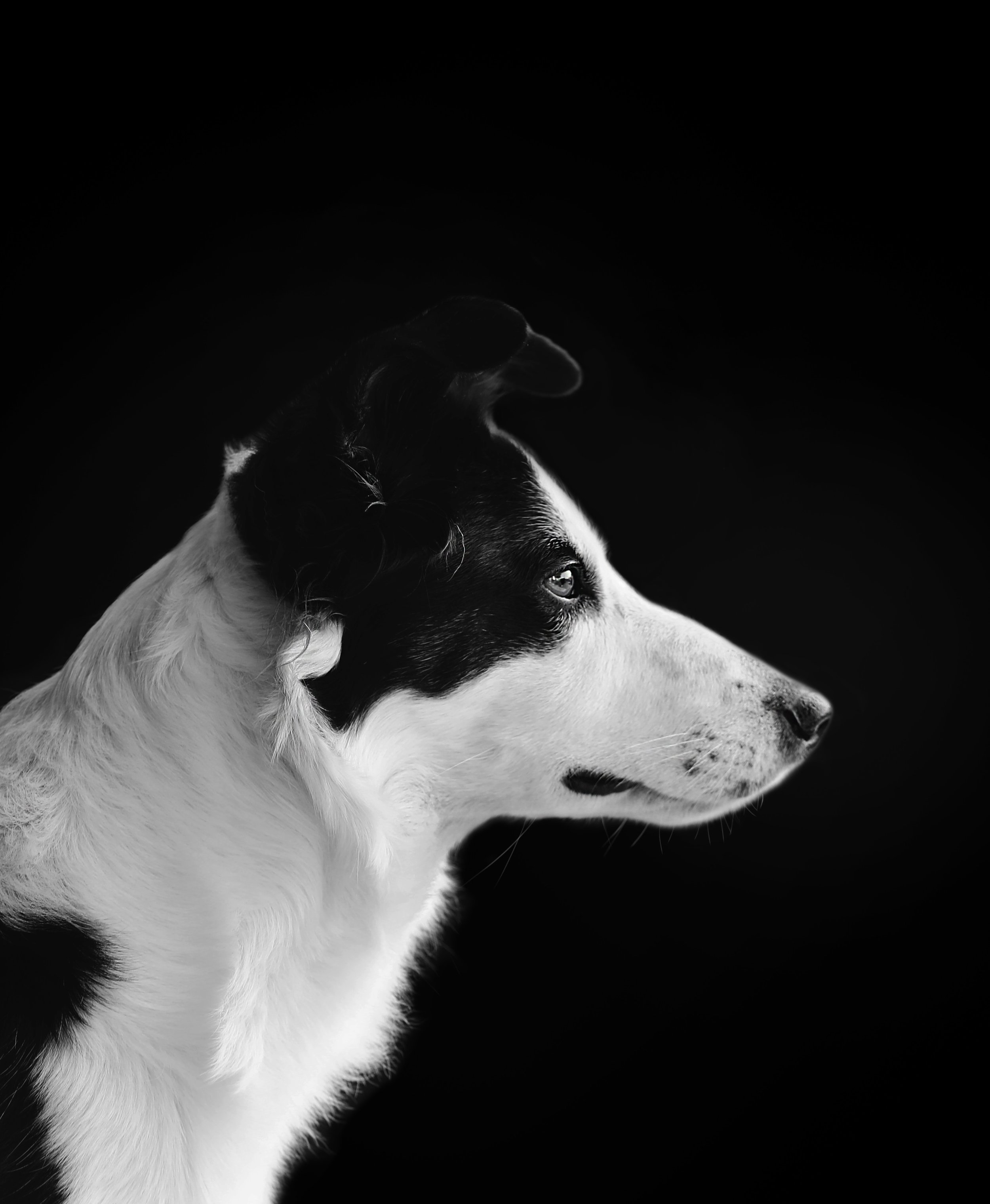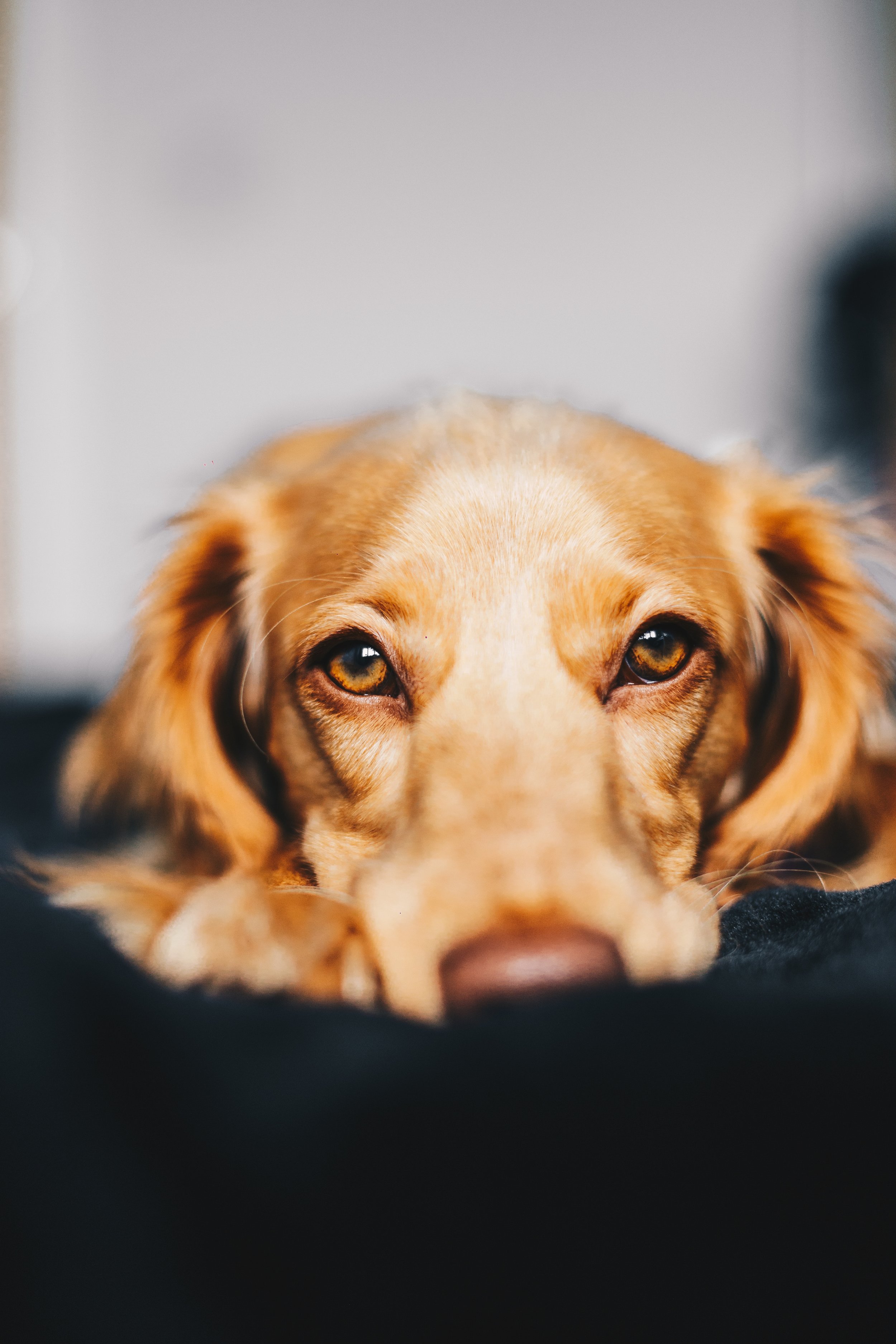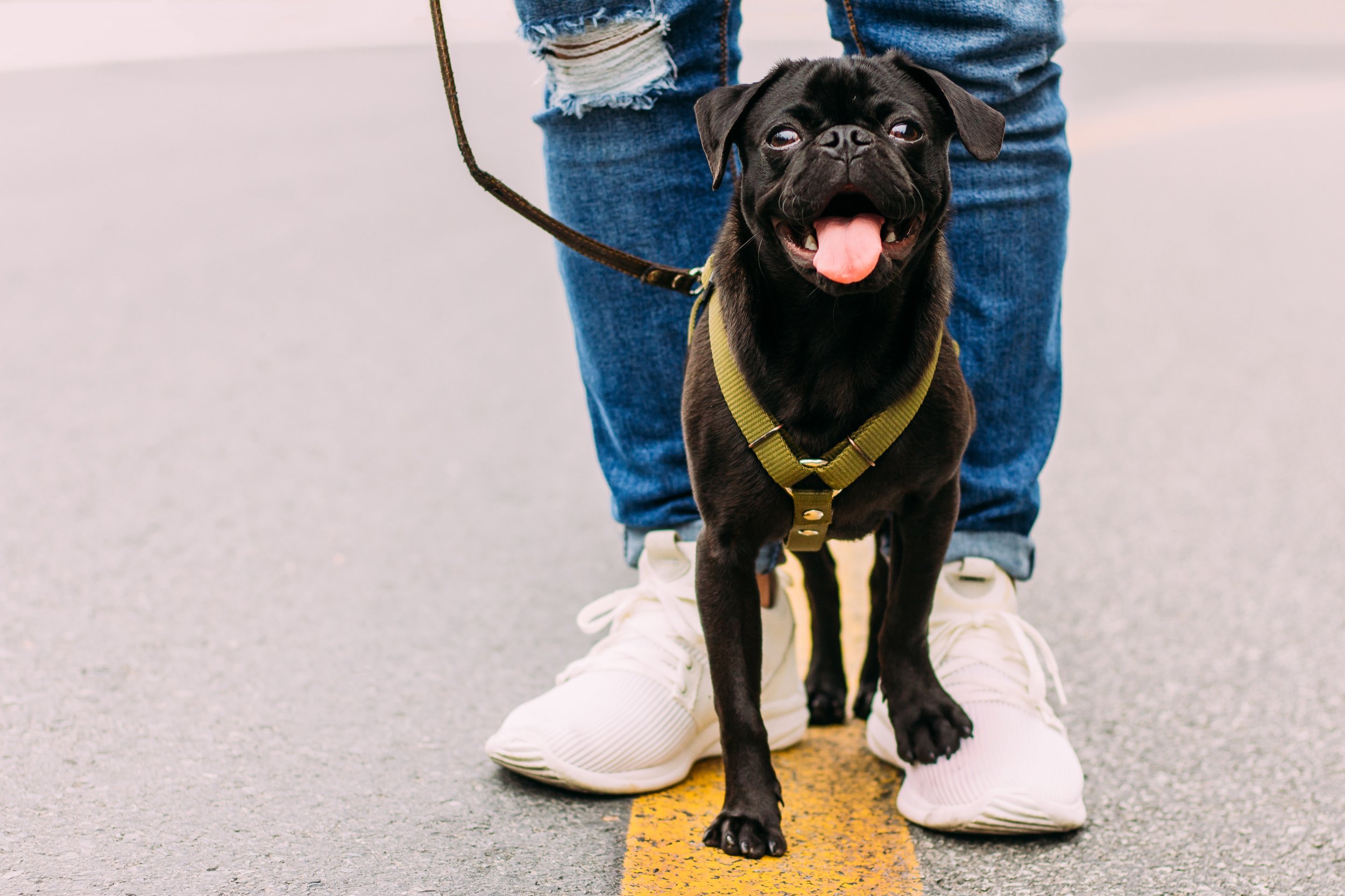The importance of winter grooming: follow our four tips!
Winter is dry and cold in Salt Lake City and we have some tips on winter grooming to keep you dog happily groomer this season!
There’s a common misconception that dogs don’t need to be groomed, or only groomed minimally, over the winter months. The (erroneous) belief is that a dog’s winter coat comes in and should be allowed to grow long to protect and warm the dog. In addition, because dogs, like humans, often follow a more sedentary and inside routine in the winter, many people feel that their dogs aren’t getting dirty enough to warrant bathing. But this is simply not true. In fact, in many ways, grooming over the winter months becomes even more important to the health of your dog than at any other time of the year. Long, wet, matted hair easily makes a cold, wet, and infection-susceptible dog.
While it’s true that double-coated breeds and others with thick, long fur are more winter-ready than short-haired dogs, the “blessing” of these thick coats in winter can turn quickly into a curse if the fur isn’t maintained in a healthy condition. Fur that’s matted doesn’t insulate or provide warmth; instead, it provides discomfort, pain, and hot spots. Matting can even lead to infections below the skin, so when considering the effects of letting the grooming go, consider how your dog’s health may in fact suffer as a result. Grooming isn’t just for a beautiful dog (though this is obviously one noticeable effect), it’s also crucial for your dog’s good health.
Winter pitfalls to your dog’s coat and skin include:
Dry forced-air heat
Bitter, cold temperatures
Wind
Snow and ice
Dampness
Salt and sand used on streets and sidewalks
Simply follow these four grooming rituals through the winter to combat these winter blahs, and ensure that your dog stays comfortable, dry, and healthy!
Regular rub-downs: Any time your dog is wet, whether it’s from playing in the snow, running in the rain, or just following a bath, make sure to dry him thoroughly. In the winter this becomes especially important because your dog is just as susceptible to chills as you are. Think about being outside in freezing temperatures with a head full of wet hair: then consider that your dog doesn’t have the benefit of indoor plumbing and don’t subject him to this discomfort! In addition, your dog’s skin can become very dry and itchy when its fur isn’t dried fully combined with the excessively dry air created from indoor electric heaters.
Getting 100 strokes in: The most important grooming procedure at any time of year is to brush your dog’s coat regularly. Brushing helps to keep away mats and tangles, which only get worse the longer they’re allowed to stick around. Mats and tangles prevent the distribution of the oils that naturally occur in the skin that help to condition and stimulate the skin and coat. This means an increase in dry skin, dull coat, and worse: infected hot spots. During the winter months, mats are the worst enemy to a properly maintained coat’s natural insulating qualities. A beautiful, mat-free coat helps to insulate body heat and radiates this heat back into the body, keeping a protective barrier between the dog and external cold air. Mats have a tendency to hold moisture against the skin, attracting more snow and debris, creating a perfect breeding ground for bacterial growth and infection. As you can imagine, with the increase in damp, wet conditions in winter, it becomes even more important to police mats and eradicate them at the first opportunity. Brushing your dogs daily, even for just a few minutes, is critical in the winter. If mats get out of control, it becomes too painful for the dog and too time-consuming for you to attempt to brush them all out, in which case, the easiest thing is to cut the entire coat short before skin and health problems develop.
Pooch pedicures: Keeping your dogs’ feet in tip-top shape is very important in the winter. Throughout the year your dog’s nails naturally wear down from regular walks outside on concrete and asphalt, but in winter, most humans and dogs reduce their outdoor activities. And even if you’re still diligent about taking your dog for walks in the winter, they are probably shorter in duration, and over more snow- and ice-covered areas, so the nails will not wear down as much as they normally would. It’s very important to keep the nails trim, because if the nails grow long such that you hear “click click click” on the floor when they walk across it, this makes it difficult for them to keep their balance on ice and snow. Dogs can fall on the ice too, and we wouldn’t want that!
It’s also important to trim your dog’s fur around their paw-pads as excess fur attracts snow and iceballs to form, creating severe discomfort and pain to your dog. Hair that accumulates in the pads can become matted, and hold moisture from rain and snow, and even pick up rock salt and ice. Which is sort of like waking around with rocks in wet shoes? Sounds awful, doesn’t it? If your dog tolerates it, dog-sized boots are a great option to keep out the snow, ice, salt, and sand: all harsh enemies of little puppy paws. But if your dog refuses to wear booties, the next best thing is to keep a bowl of warm water by the door and give each paw a little soak and dry after returning from any outdoor activities: the warm water easily melts away the ice and snow and any loose dirt and debris is shaken loose before it can burrow deeper.Moisturizing Baths!!: Bathing your dog regularly is one of the most important things you can do for your dog in the winter, as a clean dog is a happy, healthy dog. During the cold winter months, many of us suffer with dry, chafed, and scaly skin due to the combination of cold air, wind, and interior dry air from our forced-air heaters. Even though they’re covered with a layer of fur, our dogs also feel the drying effects of winter, so it’s even more important to use a non-drying, highly moisturizing, gentle shampoo and conditioner. (We use them!)




